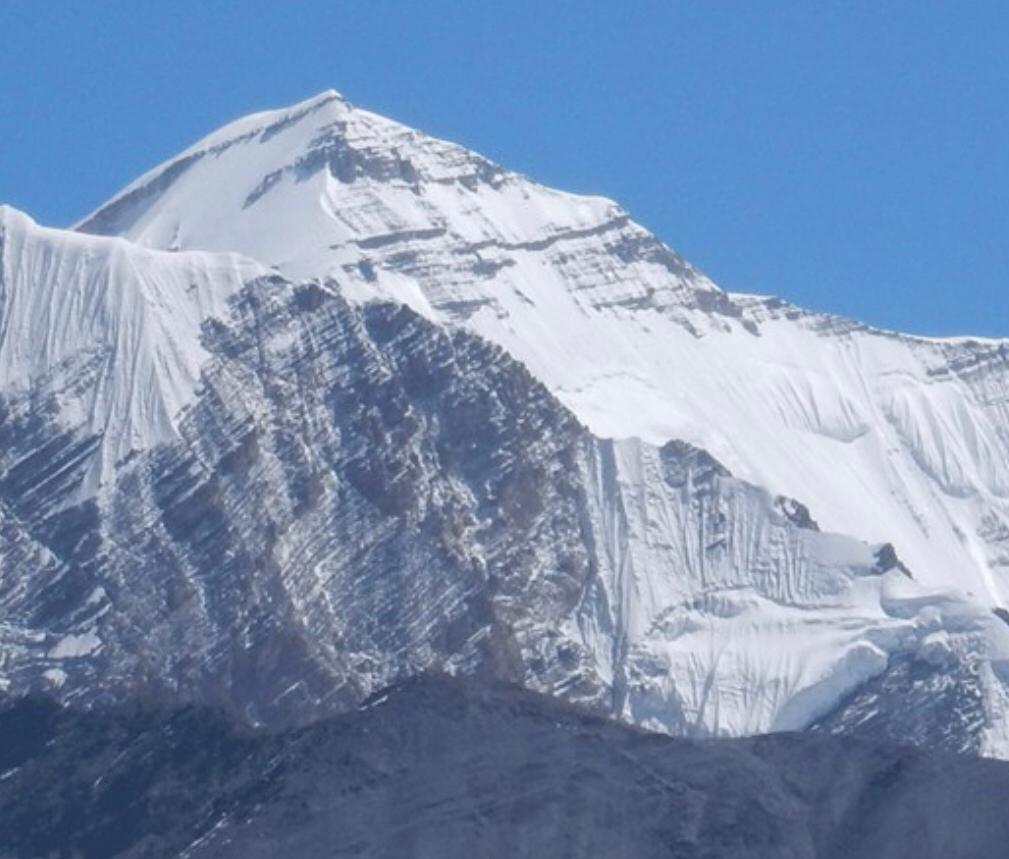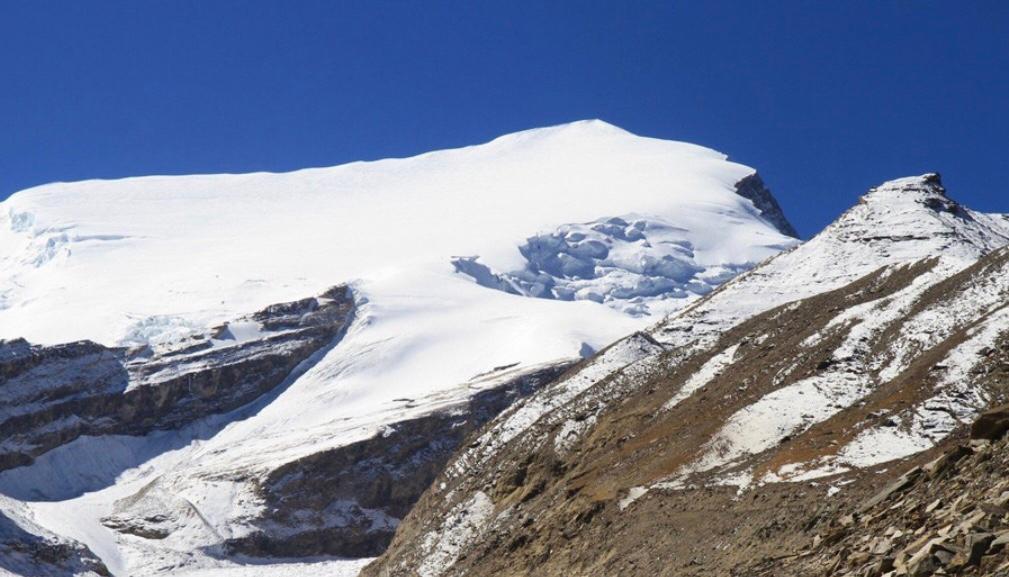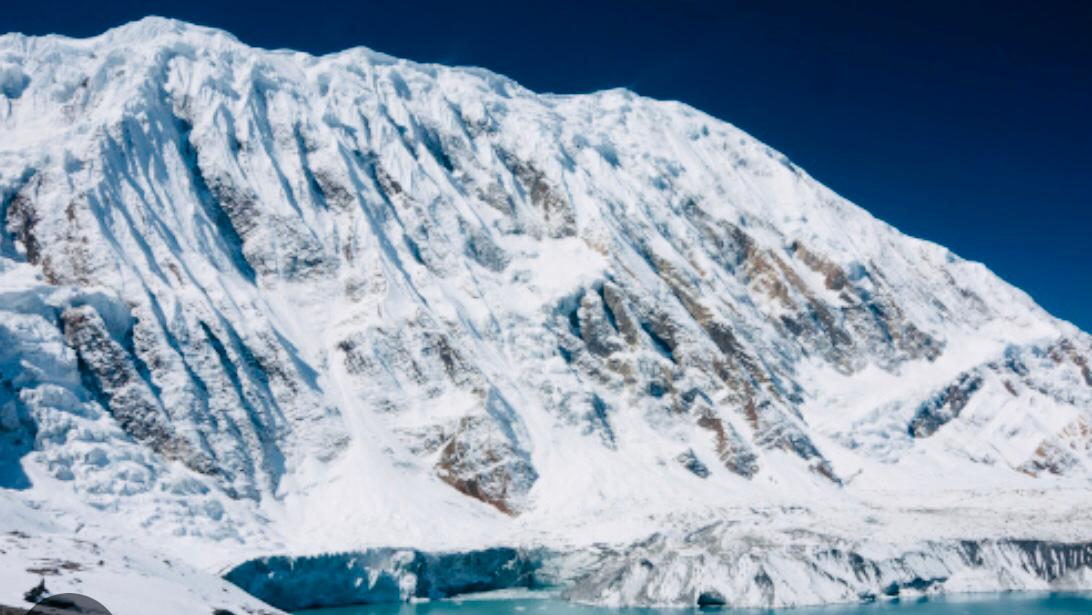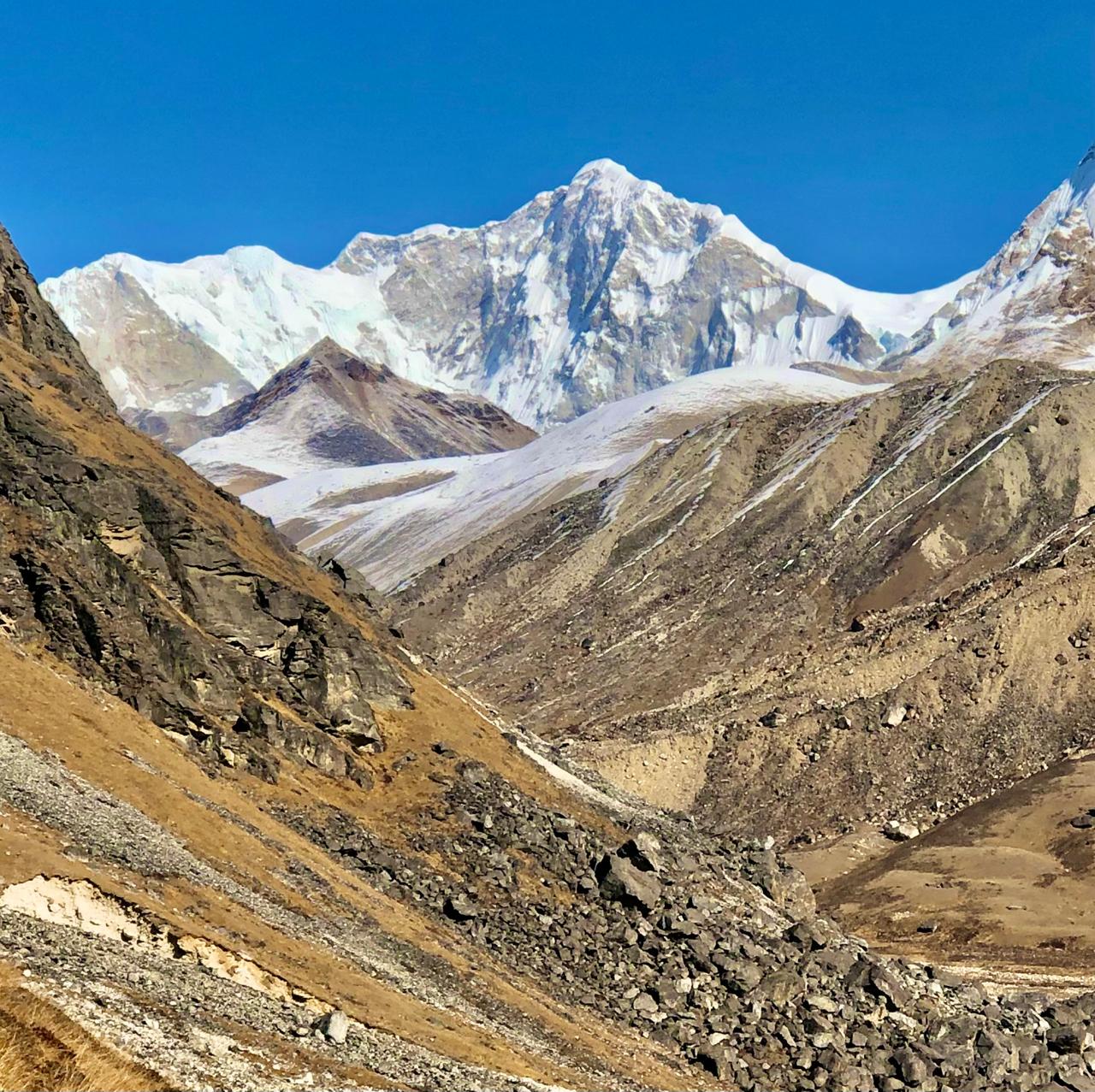Mt. Ratna Chuli Expedition (7,128m) is an adventurous journey into the remote and stunning Nar-Phu Valley, located in the Annapurna region of Nepal. This 32-day expedition offers a blend of cultural immersion, high-altitude trekking, and a challenging Himalayan climb.
The journey begins with an arrival in Kathmandu, followed by official preparations, briefings, and last-minute shopping. The expedition then proceeds with a scenic drive to Besisahar, the gateway to the Annapurna region, before continuing further into the restricted Nar-Phu Valley via Koto.
The trek gradually ascends through remote settlements like Mehta, Kyang, and Phu-Gaun, where trekkers acclimatize and experience the unique Tibetan-influenced culture of the region. After a crucial rest and acclimatization day at Phu-Gaun, the team advances towards the Ratna Chuli Base Camp (4,842m).
From Day 10 to Day 24, climbers engage in an extended climbing period to summit Mt. Ratna Chuli. The ascent involves setting up multiple high-altitude camps, technical climbing on mixed terrain, and navigating snow-covered slopes. After a successful summit attempt, the team returns to base camp for cleanup before retracing the trek back through Phu-Gaun, Mehta, and Koto.
The expedition concludes with a drive back to Kathmandu, where participants celebrate their achievement with a farewell dinner and cultural program before final departure.
Trip Notes
Best Season for Climbing:
-
Autumn (October-November): Clear skies, excellent visibility, and stable weather make it the ideal season for a successful summit.
-
Spring (April-May): Favorable weather conditions, moderate temperatures, and less snowfall, providing a great window for climbing.
Experience Required:
-
Prior high-altitude trekking and mountaineering experience is essential.
-
Familiarity with ice climbing, crevasse navigation, and rope techniques is required.
-
Climbers should be comfortable using ice axes, crampons, fixed ropes, and ascenders.
-
Previous experience above 6,000m is highly recommended for a safe and successful ascent.
Accommodation:
-
Lodges & Tea Houses: Available in lower-altitude villages such as Koto, Mehta, Kyang, and Phu-Gaun.
-
Tented Camps: Used at base camp and high-altitude camps during the climbing period. Fully equipped camps with sleeping tents, dining tents, kitchen tents, and toilet tents.
Permits Required:
-
Annapurna Conservation Area Entry Permit (ACAP)
-
Nar-Phu Restricted Area Permit
-
Mt. Ratna Chuli Climbing Permit (issued by the Department of Tourism, Nepal)
Safety & Acclimatization:
-
The itinerary includes a gradual ascent and multiple rest days to minimize the risk of altitude sickness.
-
Experienced climbing Sherpas will assist in technical sections and summit attempts.
-
Oxygen cylinders, medical kits, and a satellite phone will be available for emergencies.
-
A Government Liaison Officer will be present to oversee safety and coordination.
Physical Fitness:
-
This is a strenuous and technical climb requiring excellent physical conditioning.
-
Training should include long hikes, endurance workouts, strength training, and technical climbing practice.
-
Cardiovascular fitness, muscle endurance, and altitude adaptation exercises are highly recommended.
Cultural Highlights:
-
Experience the unique Tibetan-influenced culture of the Nar-Phu Valley.
-
Visit ancient Buddhist monasteries and interact with locals in traditional villages.
-
Witness breathtaking landscapes of the Annapurna and Manaslu regions, with panoramic views of Himlung Himal, Kang Guru, and other Himalayan peaks.













